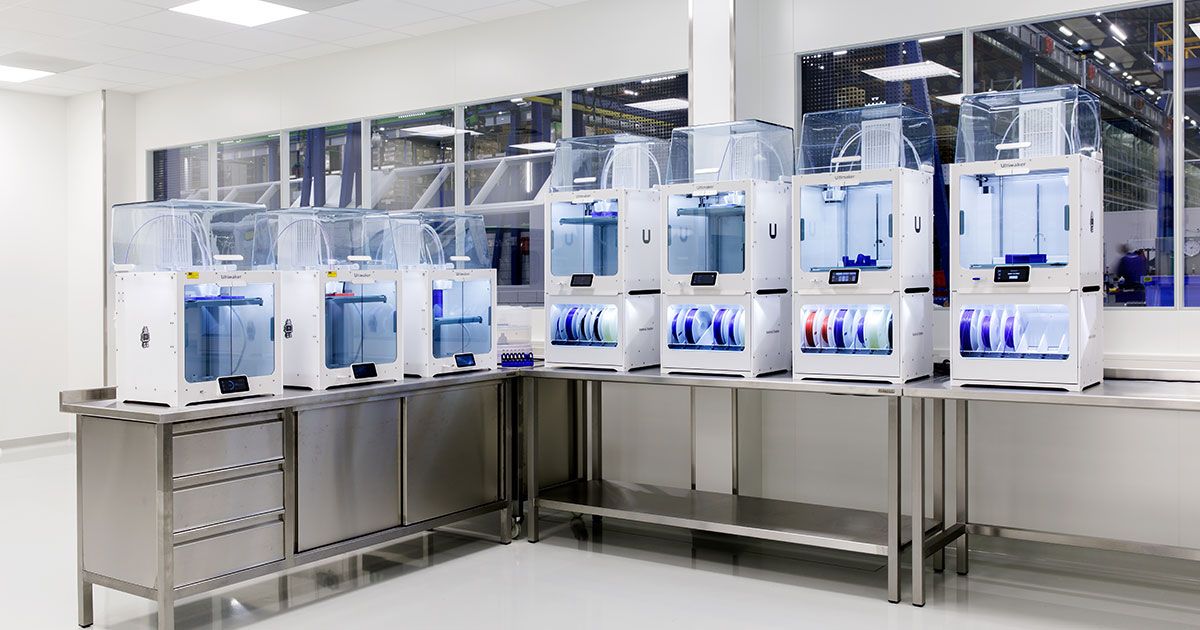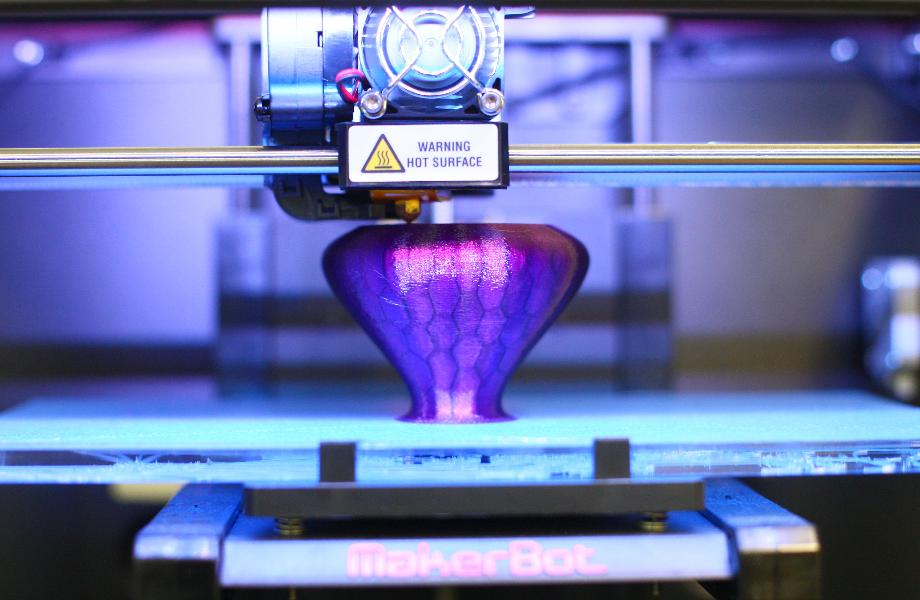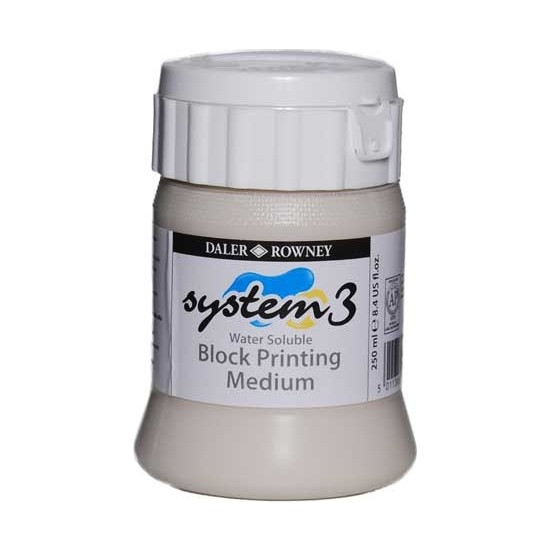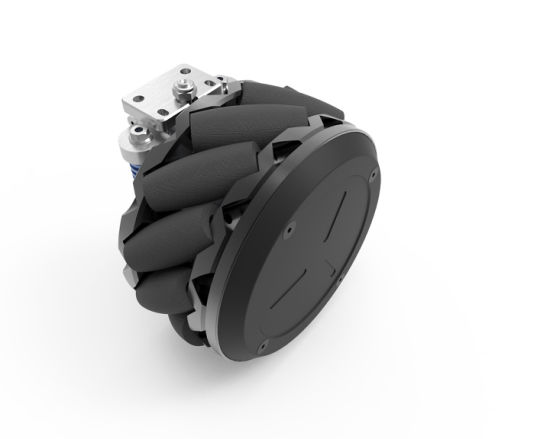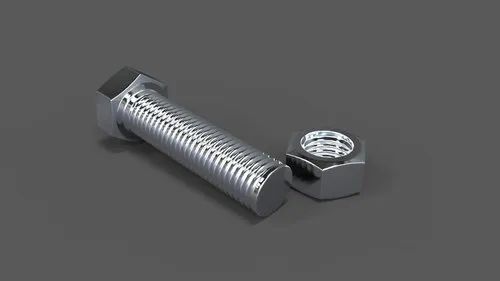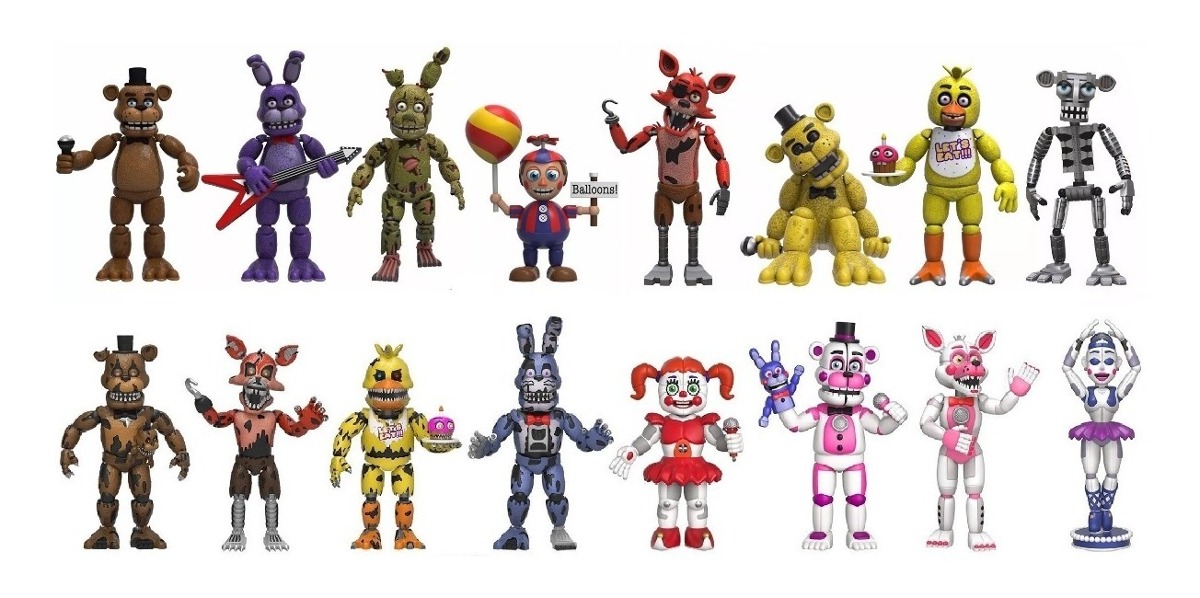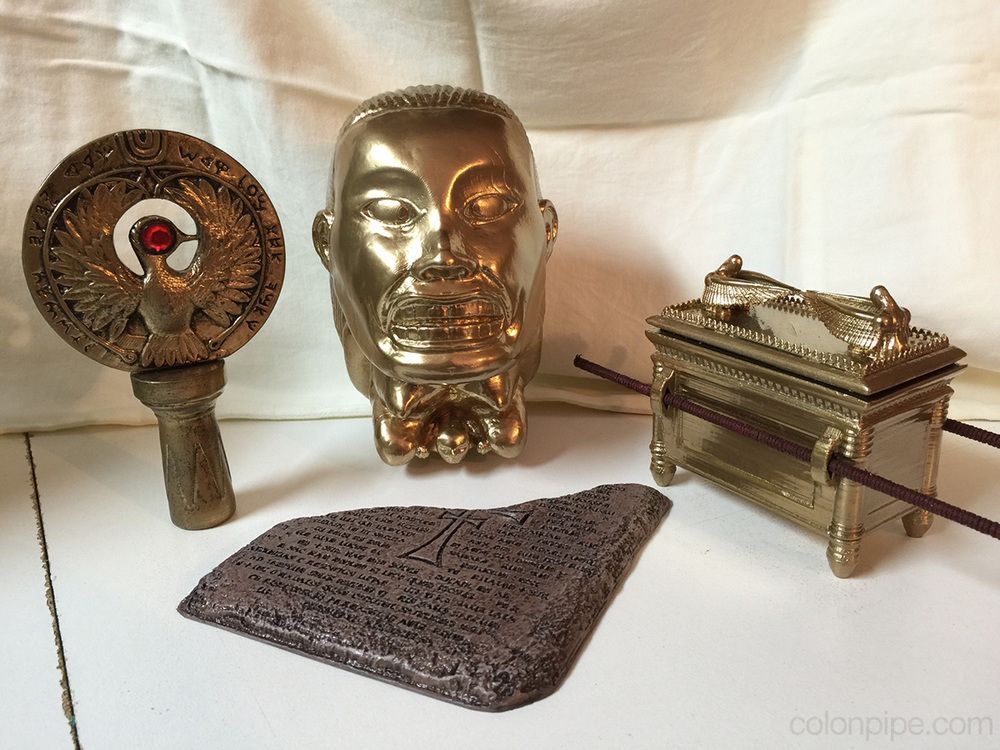Mass production 3d printers
Large Scale 3D Printing For Mass Production
There are several ways 3D printing can speed up the process of getting products to market. Whether it be with the seamless creation of prototypes, or the full-scale manufacturing of end-user products, 3D printing alleviates key pain points in the supply chain.
Contact a Carbon Expert
3D Printing In Mass Production Explained
Different Types of Additive Manufacturing
With so many types of additive manufacturing, a.k.a. 3D printing, on the market today, businesses have a plethora of options for streamlining mass production.
More often than not, the type of component you need to make will dictate your choice of 3D printing technology. For example, Fused Filament Fabrication (FFF) is a great choice for low-volume prototypes, while Stereolithography (SLA) is a better option for end-use parts.
Rapid Prototyping to Accelerate Production Processes
Rapid prototyping greatly accelerates mass manufacturing, making it an extremely popular use for 3D printers.
While functional prototypes are critical during the early design phases of new parts, it can take a very long time to outsource prototype manufacturing. With in-house rapid prototyping, engineers can quickly produce physical models to inspect for functionality and design flaws.
Allows for High Volume of Products
Because additive manufacturing technologies like Digital Light Synthesis (DLS) have progressed so much in the last few years, they can now be used to mass-produce high-quality, end-user products. In fact, the Carbon Digital Light Synthesis process was used to print soles for over 100,000 pairs of Adidas shoes in a single year.
Where 3D Printing is Winning in High-Volume Production
Faster Production Processes
Once you have established a working prototype, there are several ways that additive manufacturing can increase your manufacturing volume:
- Flexibility in production
- High customization
- Increased affordability
- Rapid tooling
Whether it be printing forms to be used for injection molding or printing custom soles for sneakers, additive manufacturing gets your products to market quicker.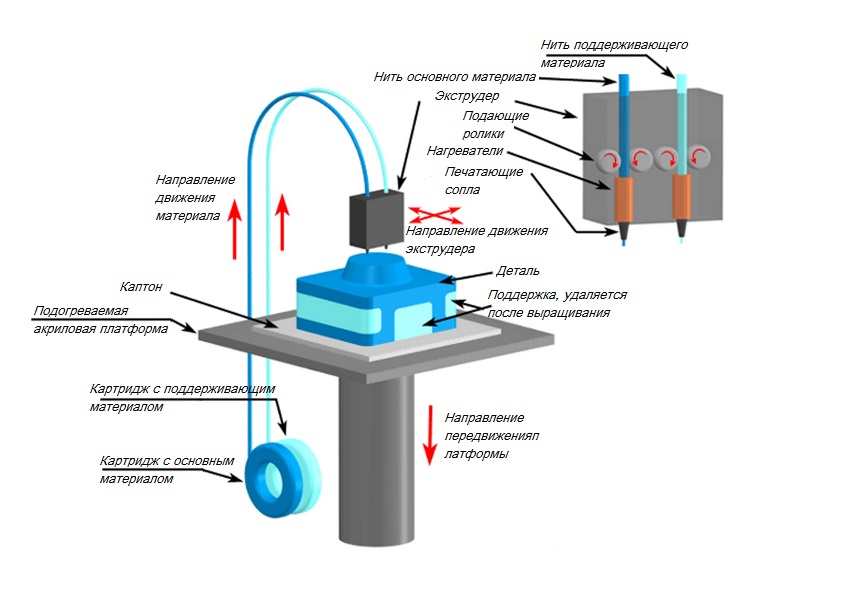
Adaptive to New Technologies
Because 3D printing is extremely customizable, it is also extremely adaptive to new technologies. From manufacturing novel components to integrating software with artificial intelligence (AI), the sky is the limit for 3D printing processes.
High Volume with High Quality
Until recently, 3D printing hasn’t been applicable for mass production.
Traditionally, additive manufacturing processes like FFF printing haven’t been able to produce parts of high enough quality for end-user products. This is where more sophisticated processes, like DLS, come in to reshape mass production as a whole.
As the 3D printing landscape continues to evolve, novel technologies create new opportunities for high-volume production.
The Benefits of 3D Printing For Mass Production with Carbon
From first-rate manufacturing techniques to top-quality composites, Carbon is the top 3D printing company in the industry.
High-speed Manufacturing Process
Carbon has developed a full suite of technologies, materials, and processes to streamline the manufacturing process:
- Carbon Digital Light Synthesis 3D printers
- Carbon Engine Design software
- Carbon Production Network
- Carbon 3D printing materials
By working within the carbon network, you have all the tools needed to incorporate additive manufacturing into your business model.
Superior 3D Printing Technology
Carbon DLS technology utilizes photopolymer resins and UV light to print extremely complex geometries and shapes. With Carbon DLS, UV images are cast into a photopolymer, where they then harden into printed parts.
Carbon has a variety of DLS 3D printers available that produce components with unmatched performance, high resolution, and exceptional surface quality.
High-Quality End Products on Any Budget
Because Carbon hardware, software, and services are built with scalability in mind, we are able to offer cutting-edge 3D printing at affordable prices.
Carbon has developed different product offerings to ensure that no matter what your budget, you have access to the world’s top 3D printing technology:
- Carbon 3D printer leasing program
- Carbon Production Network
If you aren’t exactly sure about your 3D printing needs, start by outsourcing parts from a Carbon Production Partner.
Rapid Prototype Functional Parts
Carbon 3D printers are capable of producing both rapid prototypes and functional parts. No matter what your additive manufacturing needs, Carbon will ensure you produce a greater number of parts in a shorter time.
No matter what your additive manufacturing needs, Carbon will ensure you produce a greater number of parts in a shorter time.
On-demand Support Whenever You Need It
As part of the Carbon subscription model, we take care of routine maintenance, software upgrades, and system troubleshooting. Even better, if you have questions about operating a Carbon 3D printer, we provide real-time customer support.
Industry Leaders Trust Carbon With Their Mass Production
Whether it be rapid prototyping or mass production, 3D printing reduces the time it takes to get products to market. With the Carbon platform, we’ve taken the best elements of additive manufacturing and built them into an ecosystem that simplifies the production line.
With cutting-edge hardware, software, processes, and composites, industry leaders from across the globe trust Carbon with their 3D printing needs.
Handle Your 3D Printing For Mass Production With Carbon
With Carbon, you can rapidly design, develop, and scale production for better products in less time.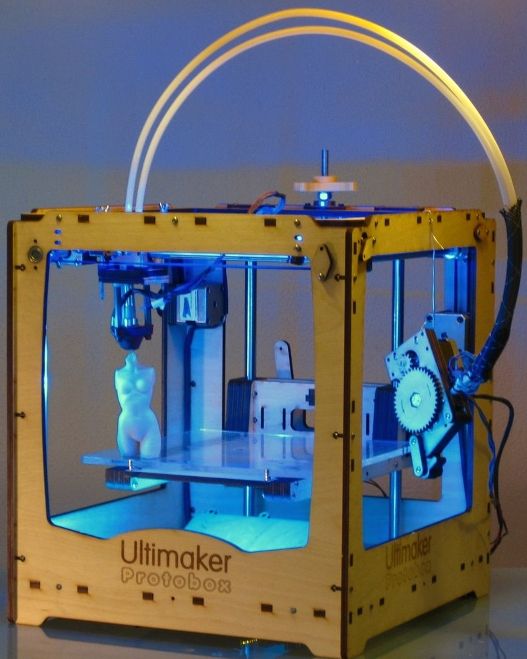 Contact Us to discuss streamlining your business with 3D printing for mass production.
Contact Us to discuss streamlining your business with 3D printing for mass production.
3D as It’s Meant to Be
Interested in utilizing Carbon to accelerate product development? Reach out to us at [email protected] to learn more!
When to use 3D printing for mass production
Additive manufacturing has come a long way since the 1980s. Though many believe the value of 3D printing lies in its prototyping capabilities, designers and engineers know that it can be helpful in other situations, notably mass production. 3D printing for mass manufacturing can unlock new products, cut costs, and accelerate production, but you must make sure it’s the best choice for your project.
When is 3D printing good for mass production?You should consider using 3D printing for mass production if:
1. You need to produce customised goods
Recent studies show that 50 percent of consumers are interested in buying customised products, and many companies are scrambling to adopt a customisation business model to meet demand.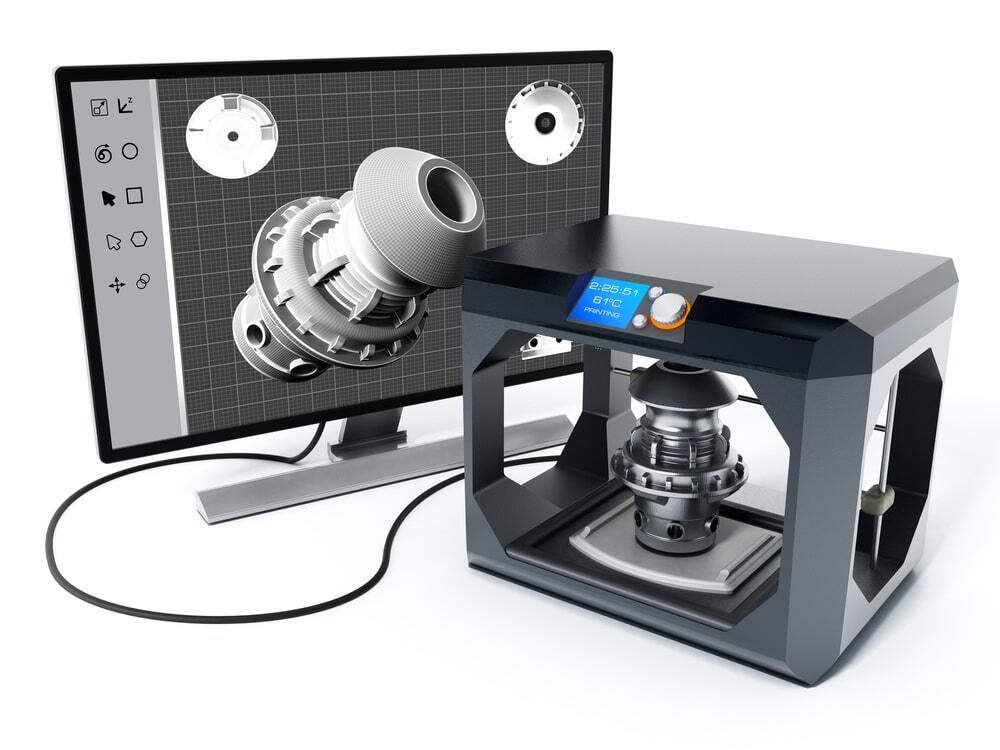 Unfortunately, mass customisation isn’t easy with a manufacturing method like injection moulding, which requires expensive tooling and a new mould for each product design.
Unfortunately, mass customisation isn’t easy with a manufacturing method like injection moulding, which requires expensive tooling and a new mould for each product design.
With 3D printing, creating a personalised part is simply a matter of transferring the design data to the printer and printing it — no extra steps or new tooling required. As a result, mass-producing a customised product won’t necessarily take more time, energy, material, or money than printing a standard, non-custom product.
2.You need to start or shift production quickly
Traditional injection moulding tooling makes starting and shifting production slow and expensive. Tooling time increases lead times, whereas 3D printers can start production immediately. Plus, when shifting production, not only will your manufacturing partner need to invest more money towards creating new tooling, but you'll also have to wait for the new tooling before they can start production.
If you use 3D printing for your mass production needs, your partner can simply stop current prints, upload a different digital file, and continue production quickly instead of waiting several weeks for a new mould. Either way, you’ll be able to stay on top of changes in consumer demand and quickly rectify any design or manufacturing errors.
Either way, you’ll be able to stay on top of changes in consumer demand and quickly rectify any design or manufacturing errors.
×
Expand
Fast Radius
3. You need to meet variable demand
When faced with surges in demand, your 3D printing partner can use more printers to mass produce your parts and seamlessly accommodate higher-volume needs. Similarly, it’s easy to reduce production as demand falls or a product reaches its end of life by using fewer printers.
This also means you won’t be left with a stash of unused products whenever demand dies down, eliminating the fuel, costs, energy, and labor associated with transporting and storing products in warehouses. You can even continue to provide consumers with spare parts after a product has reached the end of its life, which wouldn’t be cost-effective with a manufacturing method like injection moulding.
4. You’re planning a low-volume production run
Executing low-volume production runs with a manufacturing method like injection moulding results in a high cost-per-part, a lower profit margin, and long lead times.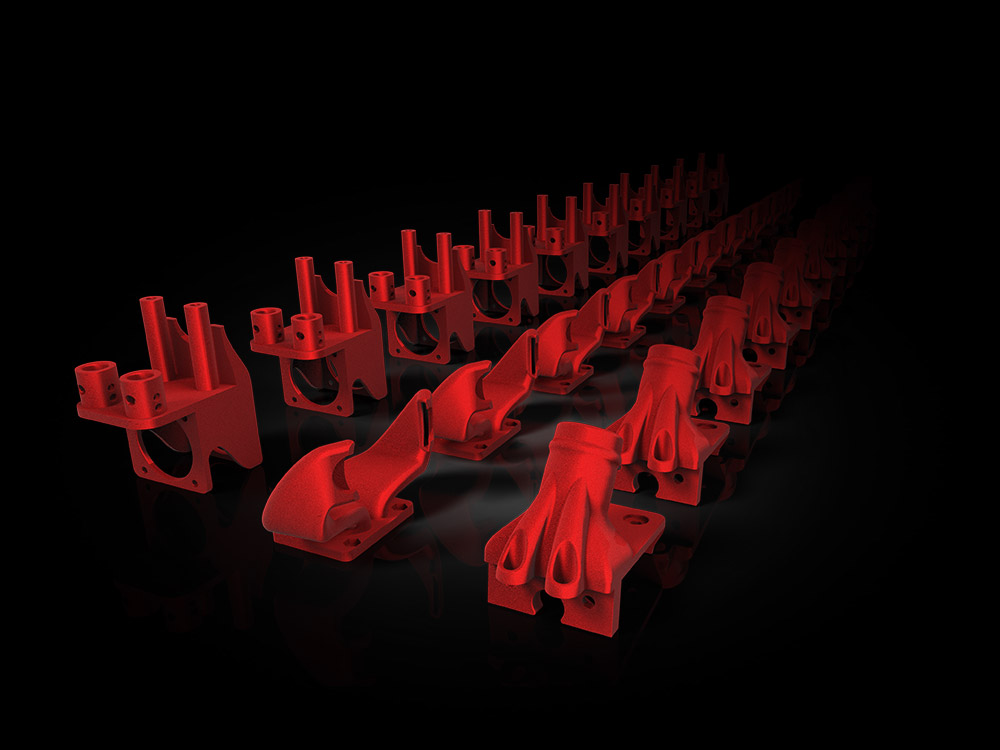 3D printing can help you bring a product to market faster, and you can produce parts cost-effectively no matter the size of your production run. When 3D printing, you won’t need to create hundreds or thousands of parts to achieve a reasonable cost-per-part, so you can start turning a profit with fewer parts.
3D printing can help you bring a product to market faster, and you can produce parts cost-effectively no matter the size of your production run. When 3D printing, you won’t need to create hundreds or thousands of parts to achieve a reasonable cost-per-part, so you can start turning a profit with fewer parts.
5. You have a complex part that would be otherwise unmakeable
Since 3D printing technology isn’t restricted by tool access, undercuts, or draft angle, additive allows you to mass-produce parts that would otherwise be impossible to make due to their geometry. For example, you can 3D print complex lattice structures to create parts with high strength-to-weight ratios, excellent shock absorption, high impact resistance, and vibration dampening. You can even create moving assemblies; hollow, walled objects; and fractals.
Plus, you can consolidate complex parts into a single design with 3D printing and eliminate the need for assembly later on.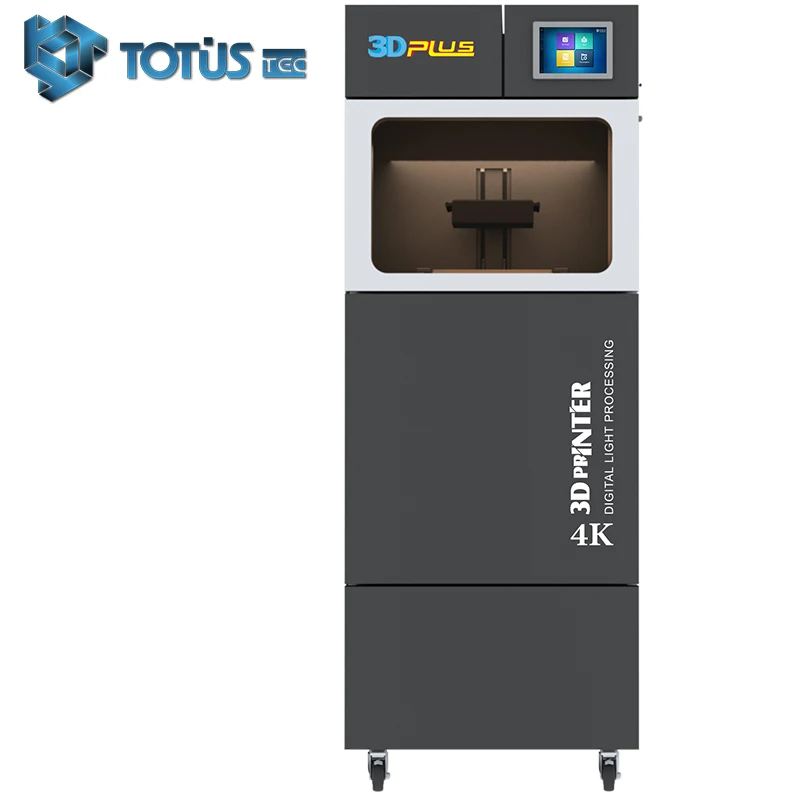 Part consolidation is less expensive, uses less material, and lowers your risk of project or supply chain delays.
Part consolidation is less expensive, uses less material, and lowers your risk of project or supply chain delays.
×
Expand
Fast Radius
Obstacles to 3D printing for mass production3D printing has the potential to revolutionise mass production, but there are still some challenges to overcome. Mass-producing products using 3D printing can be difficult for some parts because the tolerances are not as tight as can be achieved with traditional methods like CNC machining and injection moulding. 3D printing also offers more limited material options compared to traditional manufacturing processes, though many 3D printing companies have expanded their selections of cost-competitive and high-performing engineering materials over the past decade to better fit industry applications.
While many engineers know design for manufacturing (DFM) best practices for older technologies like injection moulding and CNC machining, they may not be as familiar with DFM for specific 3D printing technologies. Taking the time to develop optimised designs and manufacturing processes can improve part consistency and accuracy, as you’ll be able to reduce defects and standardise print conditions as much as possible. You’ll also want to have monitoring capabilities to identify precision problems and better control product quality.
Taking the time to develop optimised designs and manufacturing processes can improve part consistency and accuracy, as you’ll be able to reduce defects and standardise print conditions as much as possible. You’ll also want to have monitoring capabilities to identify precision problems and better control product quality.
Luckily, you don’t have to go it alone. An experienced additive manufacturing partner will have all of these tools at their disposal to ensure you get the best possible part each and every time.
Starting high-volume production with 3D printingAlthough 3D printing has become more mainstream in recent years, many product teams lack the expertise required to get the most out of these technologies. After all, the idea of using 3D printing for mass production is relatively new, so many companies hit a few roadblocks when navigating high-volume 3D printing for the first time.
A knowledgeable 3D printing partner can help you get started on the right foot. Not only will they be able to answer any questions you have, but they can help minimise errors, increase part consistency, accelerate production, and design your parts for additive. As you evaluate production partners, look for a manufacturer with a wide range of 3D printing capabilities and deep expertise in order to ensure you’re selecting the right technology for your project and fully harnessing the benefits 3D printing has to offer.
Not only will they be able to answer any questions you have, but they can help minimise errors, increase part consistency, accelerate production, and design your parts for additive. As you evaluate production partners, look for a manufacturer with a wide range of 3D printing capabilities and deep expertise in order to ensure you’re selecting the right technology for your project and fully harnessing the benefits 3D printing has to offer.
Want to discuss? Join the conversation on the Additive Manufacturing Global Community Discord.
Get your FREE print subscription to TCT Magazine.
See the latest additive manufacturing and 3D printing developments in person by joining us at RAPID + TCT in Detroit on 17-19th May and at TCT 3Sixty in Birmingham, UK on 8-9th June.
Why mass 3D printing is still not a trend
Photo: asharkyu / Shutterstock, Chris McGrath / Getty Images
The production of goods with individual characteristics is one of the trends in the consumer market.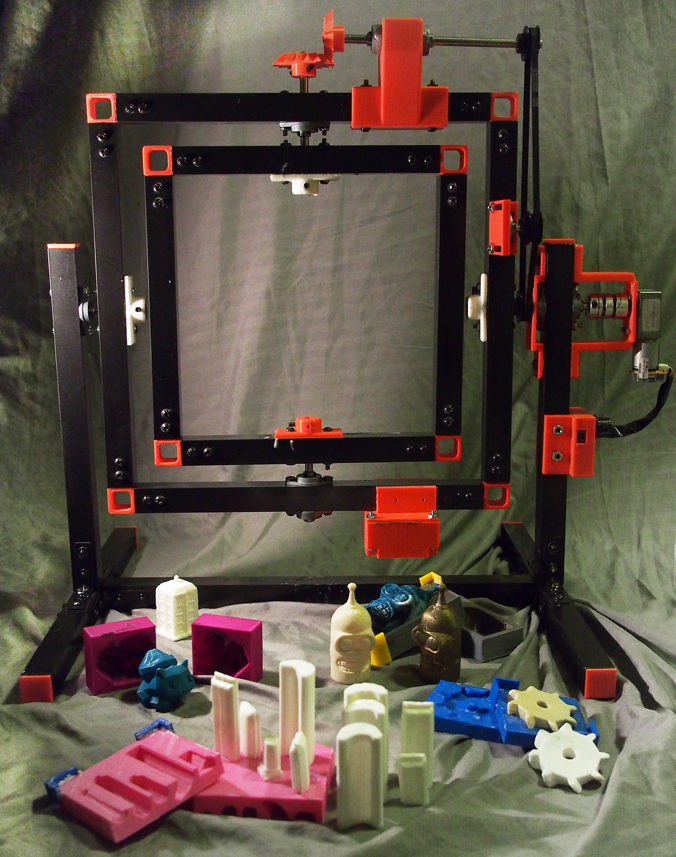 However, personification has not yet become a popular phenomenon. Is this idea promising for business development?
However, personification has not yet become a popular phenomenon. Is this idea promising for business development?
When the problem of shortage of personal protective equipment (PPE) for doctors became acute, the owners of 3D printers united in the volunteer movement #3Dfor doctors. They began to print adapters, which made it possible to connect diving masks with virus-bacterial filters. Manufacturers were able to quickly develop and release adapters in various configurations for popular types of masks found in stores, quickly covered burning needs and saved many lives - and then began to make full-fledged protective masks and shields. nine0003
Adapters for masks - example of a customized product (made to order. - RBC Trends ), that is, adapted to different types of masks. How quickly manufacturers were able to design and release a new product with unique characteristics demonstrates the main advantages of 3D printing.
3D printing allows you to create products based on the preferences or personal characteristics of the buyer - personalized goods. This idea arose in the early 2000s, but so far, contrary to forecasts and the rapid development of additive technologies, has not become a mass phenomenon. nine0003
Personalization Challenges
Nike and Adidas have been experimenting with 3D printing for sneakers since 2012. The goal is to create sports shoes in the presence of the buyer according to the individual characteristics of his foot. For example, Adidas announced in 2015 that a consumer could walk into a store, spend a couple of minutes on the treadmill, and immediately receive a printed pair of running shoes that take into account the contours of the foot and pressure points while running. At the same time, Nike announced the possibility of printing shoes directly at the customer's home. To do this, you just need to download the file with the parameters of the sneakers and the characteristics of the foot from the corporation's website to your home 3D printer. nine0003
nine0003
However, by 2020 these opportunities remained unrealized. In practice, everything turned out to be more difficult.
The point is the high cost of such products: the consumer is not ready to pay for customized sneakers many times more expensive when you can choose the right model from thousands of more affordable options.
Customization does not take root among automakers either. For example, in 2017, BMW launched the MINI Yours Customized service, which allows you to customize a new or previously purchased MINI car using decorative elements printed on a 3D printer. For example, it was possible to order individual side body inserts, trim parts, LED door sills and LED door projectors. However, the service is currently unavailable. nine0003
Where personification has taken root
So far, 3D printing is most actively used in medicine, where it is vital to take into account the individual characteristics of a person. First of all, the technology is useful in orthopedics and dentistry for the manufacture of prostheses and implants. Customization is especially in demand in the production of prosthetic limbs. With the help of 3D scanning, the parameters of the patient are determined, a digital model of the prosthesis is created, which is printed on a 3D printer. In this case, you can create a unique design of the artificial limb. For example, they produce children's prostheses stylized as favorite movie characters. nine0003
First of all, the technology is useful in orthopedics and dentistry for the manufacture of prostheses and implants. Customization is especially in demand in the production of prosthetic limbs. With the help of 3D scanning, the parameters of the patient are determined, a digital model of the prosthesis is created, which is printed on a 3D printer. In this case, you can create a unique design of the artificial limb. For example, they produce children's prostheses stylized as favorite movie characters. nine0003
Another area where 3D printing is being used to customize products is in the jewelry and fashion jewelry industry. There are enterprises that produce mass products using 3D printing, for example, the American brands LACE, Nervous System and others. Customization is carried out, first of all, by small studios and workshops offering exclusive jewelry. They print digital models created according to customer sketches or cast them from precious materials using 3D printed molds.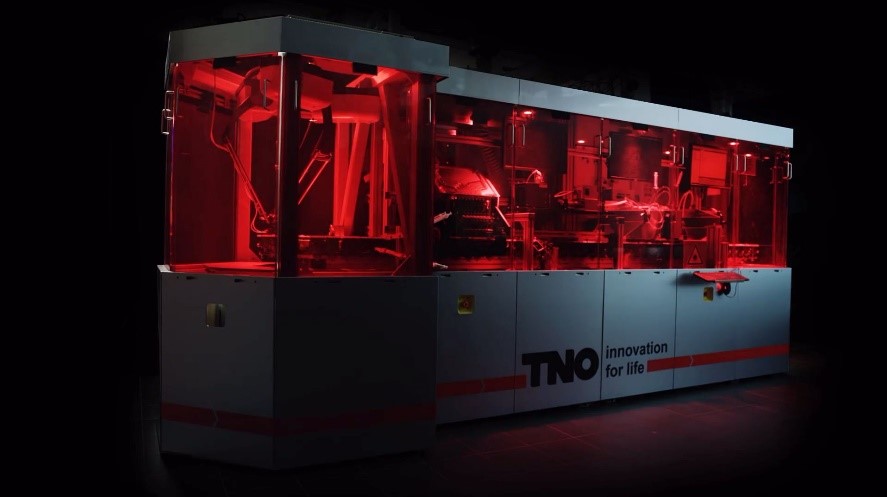 nine0003
nine0003
Economics of innovation Living hand: who creates bionic prostheses in Russia
As for the majority of goods, the price works here in 99% of cases. Especially when the share of online sales is growing. You type in Google "buy a fountain pen is the cheapest" - and no matter where you are, you buy this fountain pen cheaper. This is where mass production wins.
You can think of many products that could be customized. But you need to be clear about who you will sell them to. Are there enough people willing to overpay for customization to keep your business alive? “In your calculations, you need to take into account real consumer demand, and not the desire to make money on hype,” says Vlasov. “The conclusion is simple: personalized production is possible when it will give approximately the same price as mass production.” nine0003
Denis Alekseev, Head of R&D and Production at JSC ROBBO (educational robotics, Skolkovo resident), is confident that personalized production will become a popular trend of the future. But in order to attract the mass consumer to this segment, it is necessary to overcome a number of technical and organizational issues. For the end user, the process of ordering a customized product should be as simple as possible: with a few steps, order what he wants, while receiving the finished product quickly and conveniently. The cost of individual products may be higher, but this increase must be of value to the customer. nine0003
But in order to attract the mass consumer to this segment, it is necessary to overcome a number of technical and organizational issues. For the end user, the process of ordering a customized product should be as simple as possible: with a few steps, order what he wants, while receiving the finished product quickly and conveniently. The cost of individual products may be higher, but this increase must be of value to the customer. nine0003
Main disadvantages of 3D printing:
-
low production speed;
-
often low quality products;
-
high cost of the product when trying to mass production.
How to reduce the cost of a customized product?
The cost of the finished product primarily depends on the materials for 3D printing. One way to cut costs is to produce consumables yourself.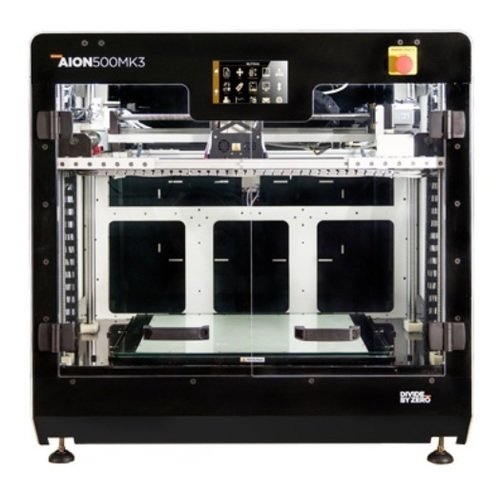 nine0003
nine0003
Another option to reduce the cost of consumables is possible with the development of additive technologies and the development of new printing materials.
The main question is: who will buy it?
Entrepreneurs will be able to develop the production of personalized goods if they find the answer to the question: who will buy them? Businesses that already operate in a particular market and feel the needs of their audience can feel the demand. It is almost impossible to guess - you need to be sure of the demand. nine0003
Artur Gerasimov notes that small-scale production is promising for business development using additive technologies. One of the areas of work of his company Innovax is the production of parts and mechanisms by order of industrial enterprises from the automotive industry, instrument making, and the aerospace industry.
A customization boom will occur when a customer can get a personalized product at the same price and as quickly as a mass product. Therefore, it is up to the development of technologies and services. nine0003
Therefore, it is up to the development of technologies and services. nine0003
Subscribe to the RBC Trends Telegram channel and stay up to date with current trends and forecasts about the future of technology, economics, education and innovation.
Total Z industrial 3D printers
FDM and SLS 3D printers, drying and post-processing equipment
About company
FDM 3D printers
Industrial 3D printers Total Z PRO series nine0096
450-PRO 950-PRO
Total Z High Performance LPRO Series 3D Printers
1000-PRO-LL
Total Z G3 Series Desktop 3D Printers
250-G3 250-G3 (2X) XL250-G3(2X)
Total Z G5 Series Desktop 3D Printers nine0096
G5
SLS 3D printers Total Z
SLS-250
Portal systems for 3D printing with granules
Total Z AnyForm FGF
Total Z machines for drying and post-processing
Total Z D5Vacuum drying chambers nine0096
Help prepare plastic for printing.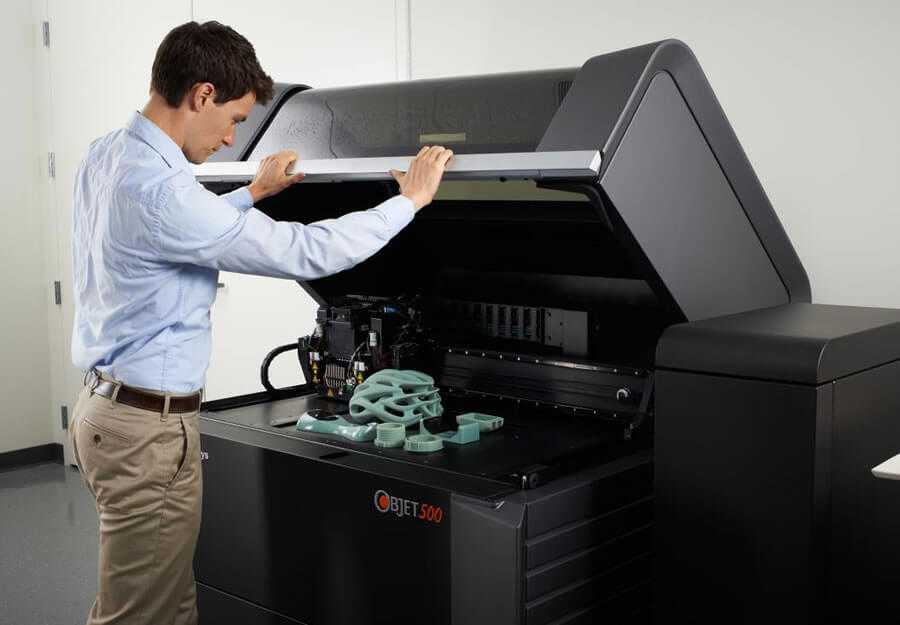 Remove moisture from hygroscopic materials. Reduce the risk of plastic "boiling", extruder breakage, deterioration of the surface quality of the product.
Remove moisture from hygroscopic materials. Reduce the risk of plastic "boiling", extruder breakage, deterioration of the surface quality of the product.
Watch →
Total Z MPC-310Acetone baths
Equipment for chemical post-processing of finished objects. Helps to achieve a glossy and smooth product surface. nine0003
Watch →
Total Z UB-450; 500; 650; 950; 1200;Ultrasonic baths
Machines for physical and chemical post-processing of models. Remove the supporting plastic from the surface of finished products. They clean the material in places inaccessible for manual processing.
See 5 models →
nine0091 Our capabilitiesThe equipment complies with Russian and international standards
Consumables for printers and equipment are always in stock
We participate in R&D, cooperate with research institutes
We work with defense enterprises and government customers
Operational warranty service nine0003
Departure and training on the territory of the customer
Implemented projects by industry
Aviation industry and special products
Supply of an industrial 3D printer for the project of the MS-21 passenger aircraft of Irkut Corporation.
Supply of high-temperature 3D equipment for the laboratory of additive technologies of VIAM. nine0003
Supply of a 3D printer for printing with experimental materials for the production of the Central Institute of Aviation Motors.
Shipbuilding
Selection of samples of engineering plastic for the project of printing body elements for a shipyard.
Auto industry
Supply of equipment for 3D prototyping to the plant of the AvtoVAZ group. nine0003
Rocket and space
Supply of the first production equipment for 3D printing to the Center for Additive Technologies of JSC RCC Progress.
Foundry
Fabrication of a matrix using FDM 3D printing for the production of piece metal parts that have been discontinued or to replace parts with a long delivery time.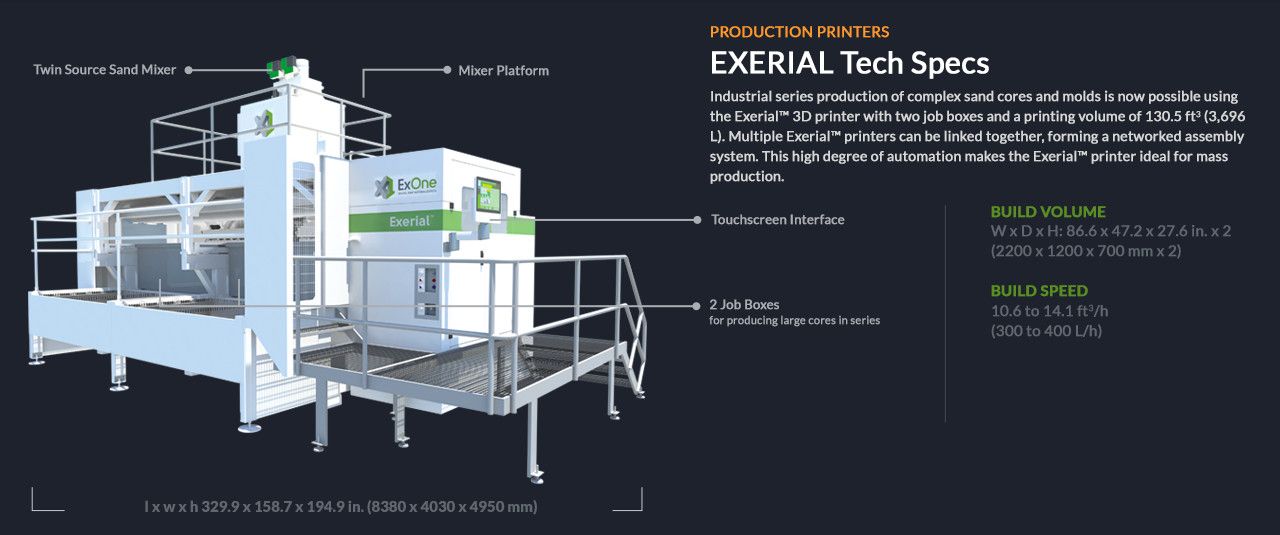 nine0003
nine0003
Education
Production of a desktop 3D printer for schoolchildren and students in collaboration with a team of developers of teaching materials for classrooms.
Electronics
Implementation of 3D equipment at the Simvol East Kazakhstan region.
Prototyping of lighting equipment for the Pyaterochka grocery store chain. nine0003
Agroprom
Complex equipping of the research agro-engineering center with equipment.
Aviation industry and special products
Supply of an industrial 3D printer for the project of the MS-21 passenger aircraft of Irkut Corporation.
Supply of high-temperature 3D equipment for the laboratory of additive technologies of VIAM.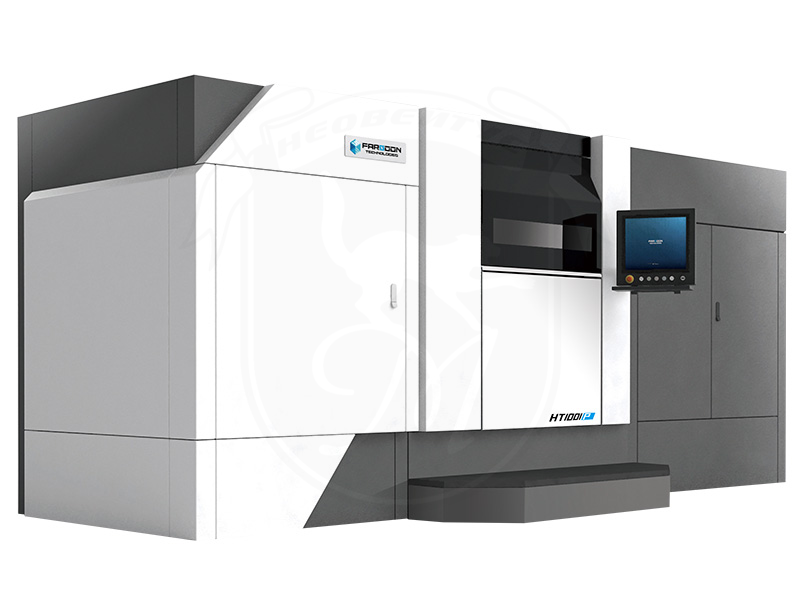 nine0003
nine0003
Supply of a 3D printer for printing with experimental materials for the production of the Central Institute of Aviation Motors.
Shipbuilding
Selection of samples of engineering plastic for the project of printing body elements for a shipyard.
Auto industry
Supply of equipment for 3D prototyping to the plant of the AvtoVAZ group. nine0003
Rocket and space
Supply of the first production equipment for 3D printing to the Center for Additive Technologies of JSC RCC Progress.
Foundry
Fabrication of a matrix using FDM 3D printing for the production of piece metal parts that have been discontinued or to replace parts with a long delivery time.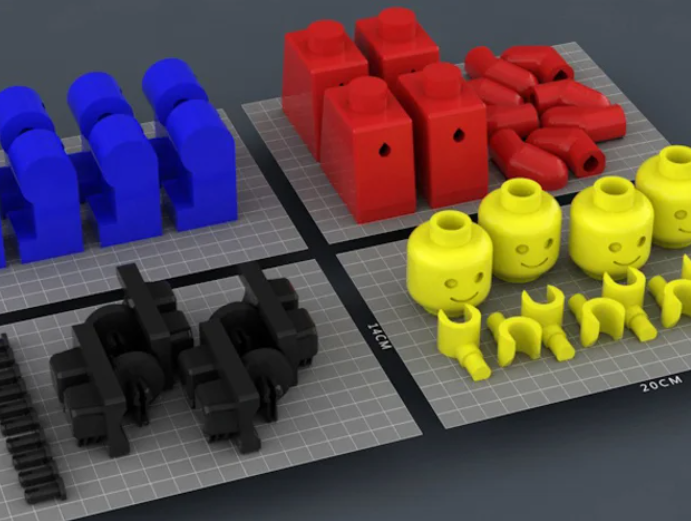 nine0003
nine0003
Education
Production of desktop 3D printers for schoolchildren and students in collaboration with a team of developers of teaching materials for classrooms.
Electronics
Implementation of 3D equipment at the Simvol East Kazakhstan region.
Prototyping of lighting equipment for the Pyaterochka grocery store chain. nine0003
Agroprom
Complex equipping of the research agro-engineering center with equipment.
Services
3D printing
Casting
Reverse engineering
prototyping nine0250
Upcoming Events
New models of Total Z industrial 3D printing systems in Moscow at the Interplastica exhibition
Interplastica is a key event for the plastics and rubber market, which annually brings together experts from all over the world at one business platform.